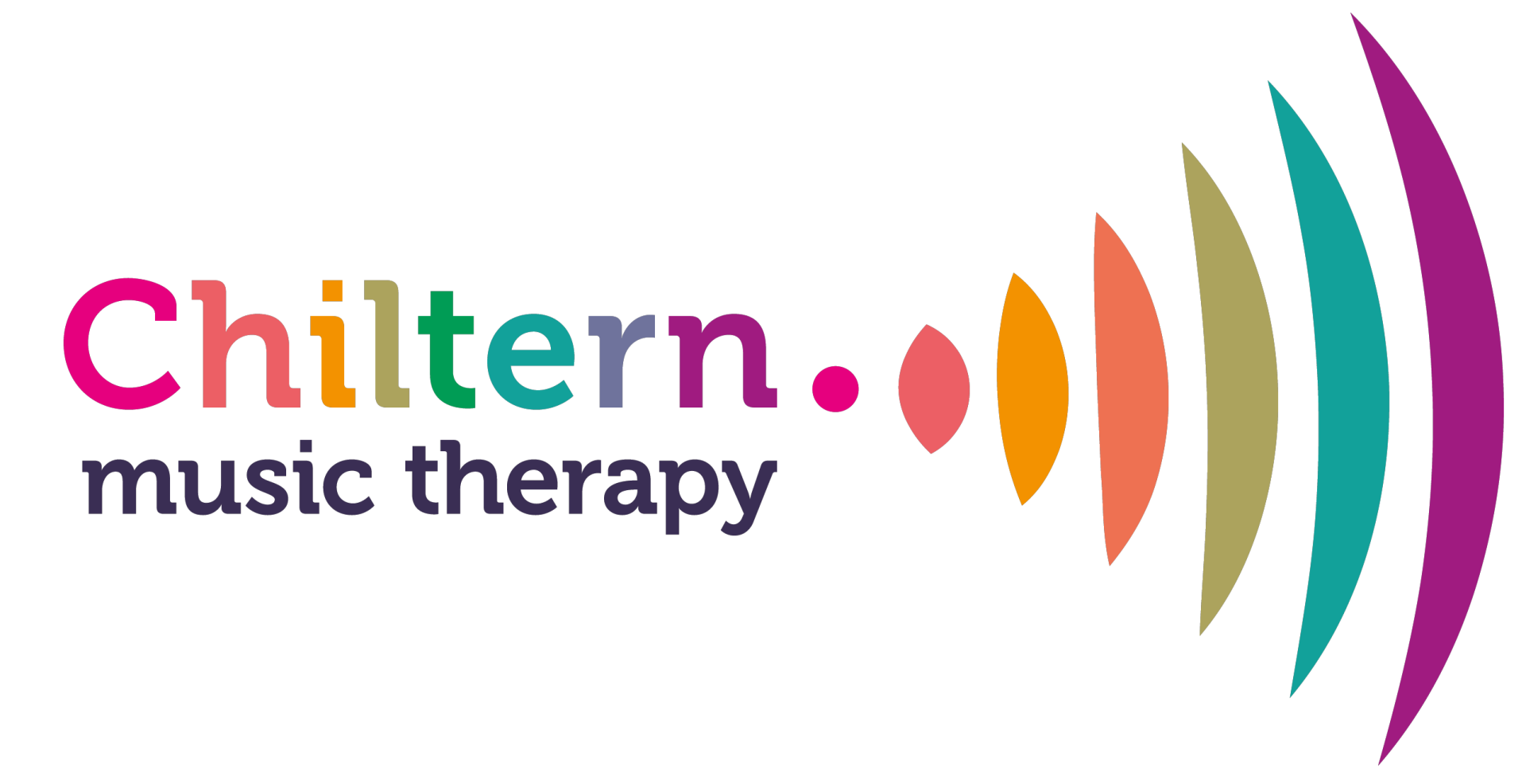
Measuring What Matters in Music Therapy
In music therapy, some of the most meaningful moments are also the hardest to measure.
A single look of recognition, a shared pulse, a small act of self-expression - these moments might not fit neatly into charts or numbers, but they can represent profound change.
Still, finding ways to capture and communicate impact matters. It helps us reflect, develop our practice, and ensure that music therapy is recognised as an essential part of care and wellbeing.
Beyond numbers
Measurement in music therapy isn’t about reducing experiences to data. It’s about making meaning visible.
Numbers can tell us something, but not everything - they’re part of a wider picture that includes story, context, and relationship.
When we focus only on measurable outcomes, we risk missing what gives therapy its depth: the human connection, creativity, and process that unfold over time. The challenge is to bring both together to find ways of showing impact that honour the complexity of the work.
When we focus only on measurable outcomes, we risk missing what gives therapy its depth: the human connection, creativity, and process that unfold over time. The challenge is to bring both together to find ways of showing impact that honour the complexity of the work.
Reflecting on Change
Reflection is at the heart of evaluation. By pausing to look back, we can notice subtle shifts in communication, confidence, or emotional expression that might otherwise go unseen.
Sometimes, this means combining structured tools with reflective notes or qualitative feedback. Tools like the Music Therapy Star or MiDAS can give language to progress that is otherwise hard to define, helping therapists and clients track change collaboratively.
But reflection doesn’t stop at the end of a session. It’s also about listening to ourselves: what we notice, what we wonder about, and how we grow in response.
Sometimes, this means combining structured tools with reflective notes or qualitative feedback. Tools like the Music Therapy Star or MiDAS can give language to progress that is otherwise hard to define, helping therapists and clients track change collaboratively.
But reflection doesn’t stop at the end of a session. It’s also about listening to ourselves: what we notice, what we wonder about, and how we grow in response.
Telling the Story
Communicating the value of music therapy means finding the right balance between data and narrative.
A well-chosen case example or client story can illuminate what numbers alone can’t - showing the emotional and relational shifts that occur when someone finds their voice through music.
For funders, partners, and multidisciplinary teams, these stories are often what resonate most. They help others feel the impact, not just see it.
A well-chosen case example or client story can illuminate what numbers alone can’t - showing the emotional and relational shifts that occur when someone finds their voice through music.
For funders, partners, and multidisciplinary teams, these stories are often what resonate most. They help others feel the impact, not just see it.
What Really Matters
At Chiltern Music Therapy, reflective and evidence-informed practice is central to our work. Our online course, Measuring Impact in Music Therapy, created by Chiltern Music Therapist Elizabeth Nightingale, offers practical ways to document change while staying true to the creative and human heart of therapy.
Subscribe to our newsletter
Thank you!
Policy Pages
Copyright © 2025
